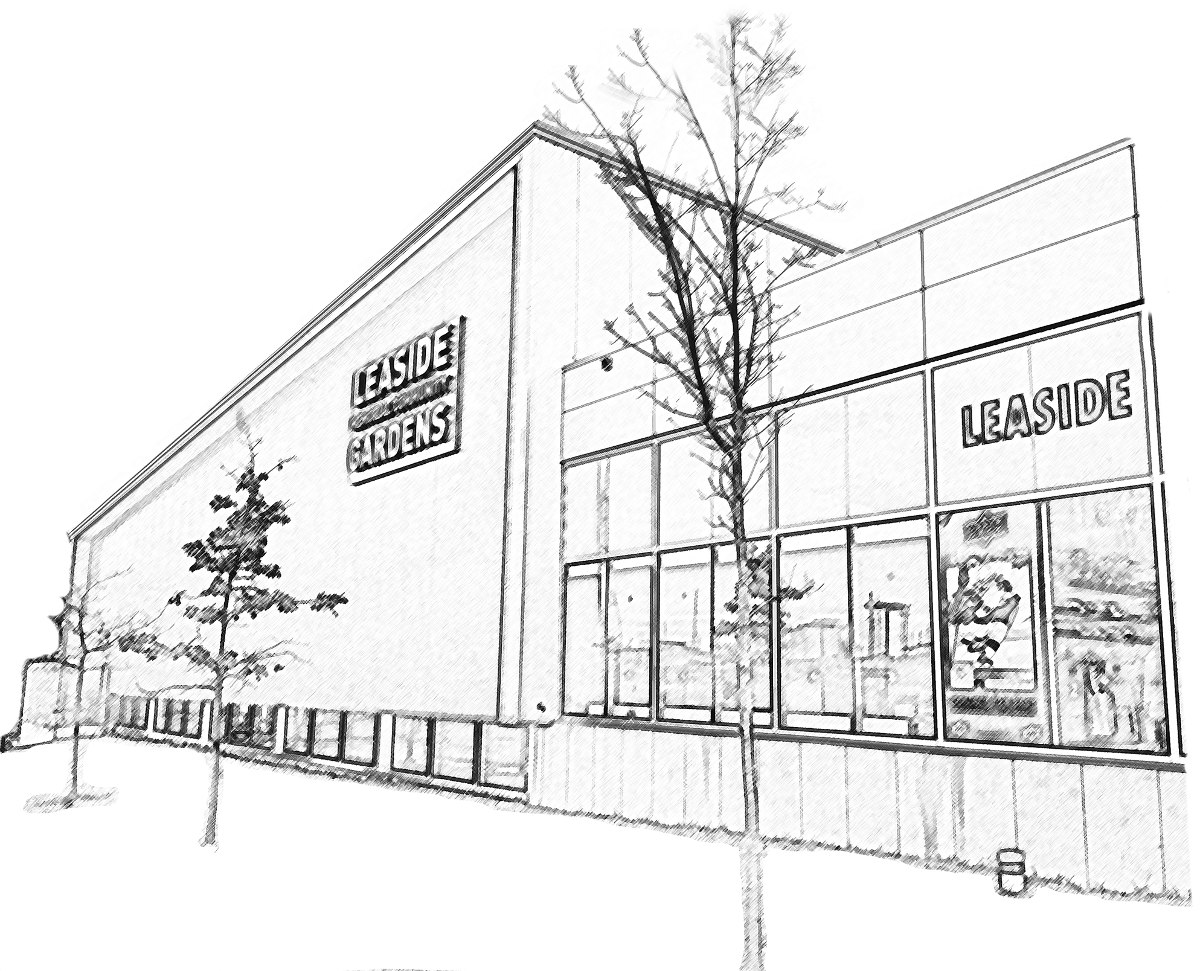It is not your imagination. Leaside’s airspace has gotten busier and our skies have gotten noisier.
How come?
Working with our local federal MP, John Carmichael, I have done some research and learned a bit about an industry I never would have guessed I would come across as a city councillor.
Jet planes flying into Toronto today land at privately owned Toronto Pearson Airport, having been guided in by navigational systems operated by privately owned Nav Canada, following international flight management protocols determined largely by international air travel industry convention.
A plane approaching Toronto Pearson Airport from the south typically hones directly in on the airport until it comes under the control of the airport tower. Once the tower takes control, the plane is sent eastward on a loop-type excursion from which the tower eventually summons the plane to make two right-angle turns and complete a westbound approach onto the runway.
They call the loop a trombone. The length of the loop is determined by the control tower. By controlling the length of the loop (like a trombone) flown by each approaching airplane, the tower governs the landing intervals. That’s pretty much the only locally managed variable. The width of the loop – the distance between the outbound leg and the inbound leg – is determined by international convention and is the same throughout the world.
In early 2012 Nav Canada responded to a directive from the International Civil Aviation Organization – of course you have all heard of them – to increase the width of the loop from 4.2 nautical miles to 5.2 nautical miles. That one change is what has put all those planes directly above your rooftop.
And the number of flights is increasing. In 2010 there were about 419,000 aircraft movements per day at Pearson. By 2013 that figure had grown to more than 431,000. It shows no sign of decreasing.
There is a myth that flights are banned after midnight. The hours between 12:30 and 6:30 a.m. are “restricted” but not forbidden. On average, about 35 flights are permitted during that period each night of the week.
Can we ask the planes to fly higher up to reduce the noise levels on the ground? Not really. I am told that the local flight altitude is a product of the desired approach angle, which in turn is determined primarily with safety in mind. The available range of altitudes over Leaside is roughly 2,400 to 3,900 feet.
Can we ask for a less intrusive flight path? How about one that tracks the space directly over the Don Valley and the 401?
Or how about shifting the position of the loop for each flight, so that the noise on the ground is shared by more than one neighbourhood? The short answer: Not just now.
But we can push for change in future.
When overhead jets drown out your conversation, register your experience with the Toronto Pearson Noise Management Office at 416-247-7682, or at torontopearson.com/en/noisecomplaint/#. While you are at it, copy Transport Canada at 800-305-2059 or ">.
You might also want to attend a meeting of the GTAA Community Environment & Noise Advisory Committee (CENAC) or get involved with the Toronto Aviation Noise Group (TANG), a local organization.
I am told that international standards come up for review at four-year intervals. Comments from enough affected residents might just encourage the air travel authorities to include ground noise concerns in their policy criteria next time round.
Article written by John Parker, Councillor, Toronto Ward 26.



